152 Vibrant Red Fire-engine Sea Bamboo Coral Tube Beads - 12mm x 3mm
Product Code: ga5168
Have a question?
The gemstone from the sea will bring you money everywhere you show it!
Like pearl and turquoise, everyone appreciates coral. And all three stones together create stunning designs that will sex-up your summer jewellery. The rustic shape of natural coral branches is perfect for creating jewellery with an ethnic style. Because coral is porous and soft, it can be colour enhanced and carved into other interesting shapes, making higher-end designs too.
What is coral?
Coral is not a true gemstone, but a result of marine life that's been used as a gem since prehistoric times. Coral is one of the seven treasures in Buddhist scriptures and has long been a strong talisman protecting against evil spirits and hurricanes. It's also said to lower blood pressure, help anemia, and is thought to give wisdom and prevent madness!
Coral is the outer skeleton of sea polyps, made of calcium carbonate. It usually ranges from white to red, and grows in branches that look like underwater trees. Red, pink, and white corals are typically dense - while sponge and blue corals have small air pockets and interesting spotted patterns. Most coral for jewellery comes from the Mediterranean or the China Sea off Japan and Taiwan. Coral reefs in the South Pacific like the Great Barrier Reef grow a different species.
Value of coral
The price of coral remains low only because of stockpiles from up to 30-years ago. However, due to over-harvesting and environmental damage, coral is becoming rarer, and natural red coral is very expensive. Most red coral sold today has been dyed. It's quite easy to tell this on bold red coral beads, but the pink and blue corals are usually colour enhanced as well.
Fossil coral
Fossil or agatized coral produces more subtle textures. This is ancient coral that has been replaced by agate so slowly that the flower-like patterns of the original coral remained intact. Though it will not make a bold statement like the red corals, fossil corals have their own charm. They are mostly beige; but the greyish flower patterns may have subtle hints of pink, blue, and other colours.
Sponge coral
Traditional coral is usually used in its natural shape resembling a twiglet - where sponge coral is reconstituted into more-useable shapes. Sponge coral is then stabilized with a binding solution and polished to give a high lustre. Without this processing, sponge coral would be very brittle and dull in appearance.



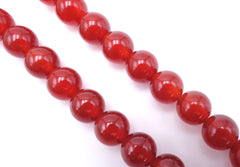
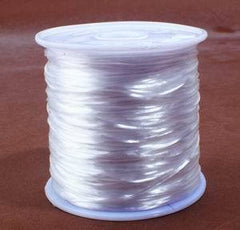
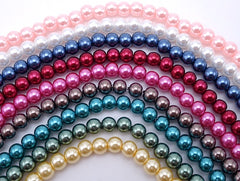
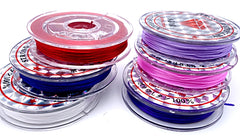
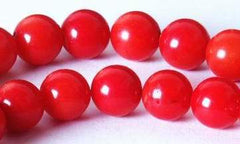
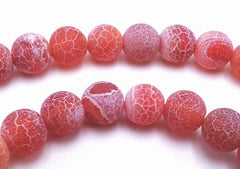
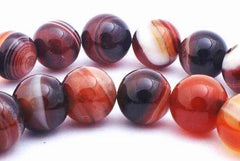
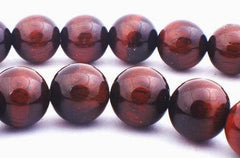


 No Internet?
No Internet?




